
TNO opens test cell for sustainable marine engines
On 19 November, TNO inaugurated the first test cell for maritime engines at the Innovation Centre for Sustainable Powertrains in Helmond. This facility enables the development of engines for inland and coastal shipping. It marks a milestone for the Dutch maritime sector: with over 5,000 registered inland vessels, the Netherlands has more inland shipping than any other European country. As an independent testing location, TNO will play a key role in the transition to clean and sustainable propulsion systems for shipping.
The Netherlands: driving maritime sustainability
Pressure on the shipping industry to become more sustainable is increasing. The International Maritime Organization (IMO) has set a target of 50% CO₂ reduction for all global shipping traffic by 2050. Inland shipping must also make significant strides in sustainability, and strict EU Stage V emission standards have been in force for several years. For the Netherlands, with one of the largest inland shipping fleets in the world, this presents both a challenge and an opportunity.
‘The Netherlands used to have maritime engine manufacturers, but they have disappeared,’ says Peter van Gompel, Business Manager Powertrain Testing at TNO. ‘Yet we have a major interest in the decarbonisation of shipping. This is an opportunity to reclaim a position by developing new solutions.’
'We developed this cell in close collaboration with the market.'
Making investment in new engines more attractive
The global inland shipping market is too small for major engine manufacturers to invest significantly as first movers. Moreover, inland vessels have a lifespan of 50 years, with engines lasting around 30 years. ‘If you want to meet the target in 2050, you need to start now,’ says Jack Bloem, Business Developer at TNO. ‘Retrofitting existing engines is becoming increasingly complex due to stricter environmental requirements. You almost need to make changes at the manufacturer level.’
By establishing one of the few test cells for maritime engines, the Netherlands can once again play a more prominent role in this sector. ‘We developed this cell in close collaboration with the market,’ emphasises Jack. With broad support from the sector, TNO secured funding for the cell from the Ministry of Economic Affairs. TNO’s independent position makes it more attractive for manufacturers to jointly develop new solutions here, without a single commercial party taking the lead.
From a technical perspective, the new test cell stands out from existing facilities in multiple ways.
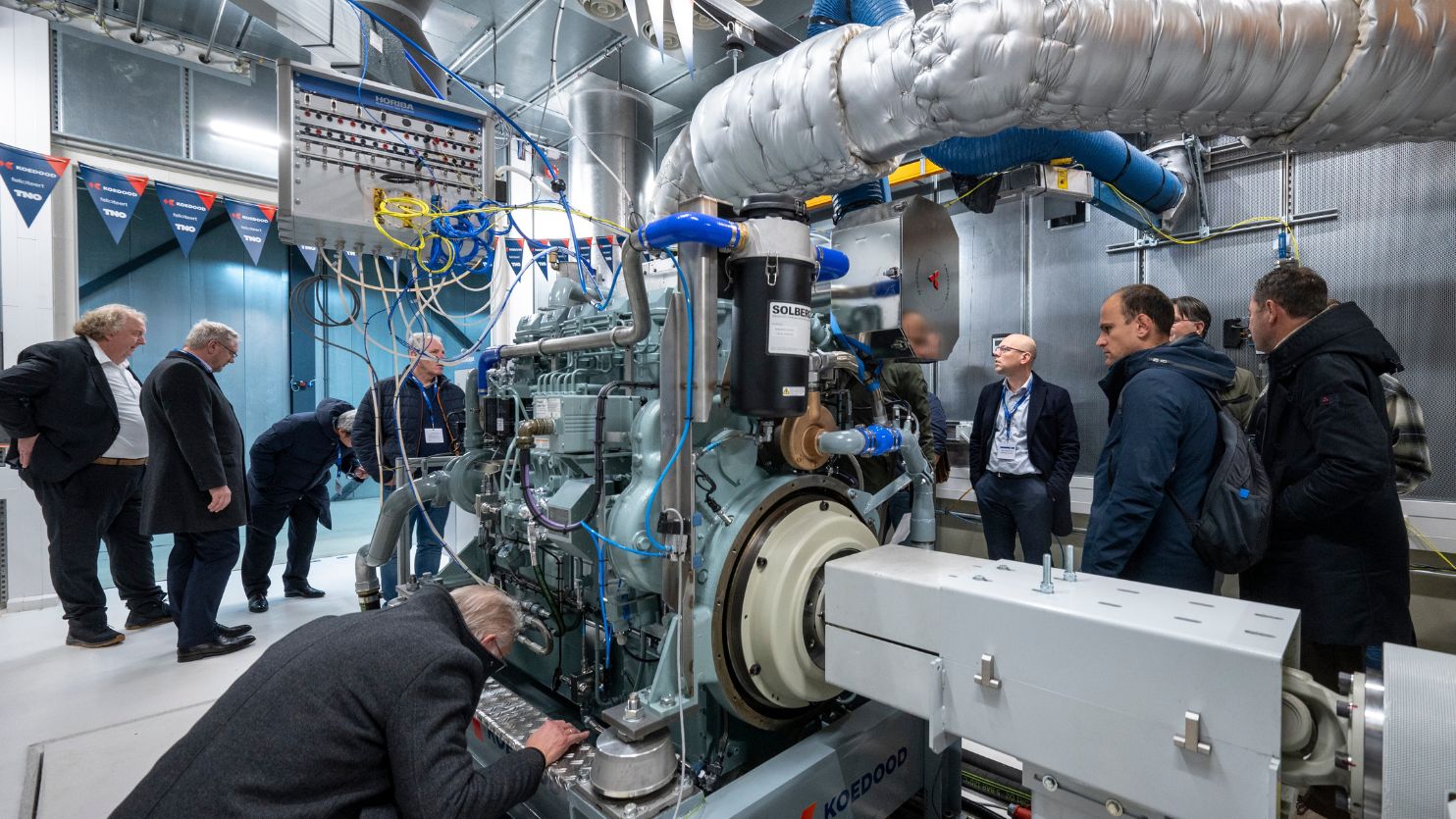
Greater capacity, expanded capabilities
The most visible difference is the capacity: the new test cell features a dynamometer with a braking capacity of 1.4 megawatts. ‘To simulate the resistance for a marine engine, we had to make the brake twice as large as for automotive test cells,’ explains Peter. This required careful planning at the Helmond site. ‘To accommodate larger engines, the exhaust after-treatment systems are located not in the cell itself but in the basement below, which we have designed to resemble a ship’s engine room within the laboratory.’
Pieter 't Hart, Maritiem Kennis Centrum: 'We congratulate TNO on the opening of the two new maritime test cells in Helmond. The extensive facilities available at TNO Powertrains for testing maritime engines up to approximately 1.4 MW are unique in Europe. They open the doors to new research and innovation for advanced engine concepts and hybrid propulsion systems with batteries and fuel cells.'
'The test centre is suitable for various sustainable alternative maritime fuels, including hydrogen, methane, methanol, and ammonia. This involves not only optimising the efficiency of the engines and propulsion systems, but also optimising the reduction of harmful emissions such as greenhouse gases, nitrogen oxides, and particulate matter.'
'TNO's extensive knowledge and experience in testing and optimising maritime engine concepts is now available in concrete terms for the maritime and inland shipping sectors in the Netherlands, and even far beyond. This also strengthens the Dutch shipping industry's international leadership in maritime innovation.'
'TNO's extensive knowledge and experience in testing and optimising maritime engine concepts is now available in concrete terms for maritime and inland shipping in the Netherlands, and even far beyond.'
Hydrogen and methanol: testing new fuels
The real added value of the new test cell lies in its fuel capabilities. For the decarbonisation of shipping, we are focusing on two fuels: hydrogen and methanol. Both have their advantages and disadvantages and require dedicated research. Whereas previous automotive test cells could only test conventional fuels, this facility now enables testing with hydrogen and methanol. ‘That is possible in very few places in the Netherlands, especially at a location not affiliated with a manufacturer,’ says Jack.
Hydrogen: extremely clean
Hydrogen combustion produces only water. In TNO’s automotive test cells, we have already created conditions where the exhaust gases were cleaner than the ambient air entering the engine. ‘The efficiency of hydrogen engines is currently around 40 to 50%, and we are working to increase this towards 60%,’ says Peter. The main drawback of hydrogen is the tank volume required: a hydrogen tank needs to be about four to eight times larger than a diesel tank. For short inland shipping routes, this is less of an issue, as vessels can refuel more frequently.
There is also a geopolitical argument. A hydrogen engine can be produced entirely within the EU, unlike batteries for electric propulsion, which require rare earth metals from outside Europe. ‘Previously, that autonomy was a minor consideration,’ says Jack. ‘Now it is suddenly among the top three factors.’
Methanol: more compact, but with emissions
Methanol offers a practical advantage: the tank only needs to be at least twice as large as a diesel tank. Methanol is available in a bio-variant that is CO₂-neutral, or can be synthesised using sustainable CO₂ sources (e-methanol). Methanol combustion does release CO₂ and generates new emission components, which can be investigated in the new cell.
'Thanks to these new test cells, we can build a technological lead for Dutch inland shipping.'
Applying automotive expertise to shipping
TNO has around 35 years of experience in automotive engine development. This expertise is now being applied to the maritime sector. ‘Automotive emission standards are even an order of magnitude stricter than maritime ones,’ says Peter. ‘Technologies we developed there are now being implemented in inland shipping.’
We are already involved in several projects where the knowledge gained in the new cell can make a contribution. For example, in the GTD-H programme (Green Transport Delta – Hydrogen), automotive and shipping sectors are working together on hydrogen solutions. We are also participating in the MENENS project, where 21 partners are working on methanol applications.
'The new test cells are an important expansion for testing new innovative techniques, which will allow us to further develop the Dutch maritime manufacturing industry.'
Collaboration for the Maritime Masterplan
According to Jack, the new test cell can also play a crucial role in the Maritime Masterplan, the ambitious programme from the National Growth Fund for the decarbonisation of Dutch shipping. ‘Next year, the second tender within this project will start, allowing consortia to submit plans for making new or existing vessels more sustainable,’ says Jack.
‘We are happy to collaborate with consortia to submit strong proposals using our test facilities. Whether it concerns independent validation, efficiency research, or developing a comprehensive Maritime Masterplan concept: our test cell and expertise are available.’
Peter adds: ‘The sector is too small for individual manufacturers to innovate alone. That is why collaboration is essential. Parties that are normally competitors must now jointly develop technology. We provide the neutral platform for this.’
The ambition is clear: the Netherlands must reclaim its historic position in the maritime sector, but this time with clean engines. Interested in working together on new sustainable engines? Contact Jack Bloem or Peter van Gompel.
Get inspired
National Growth Fund invests in Dutch battery consortium for heavy duty transport
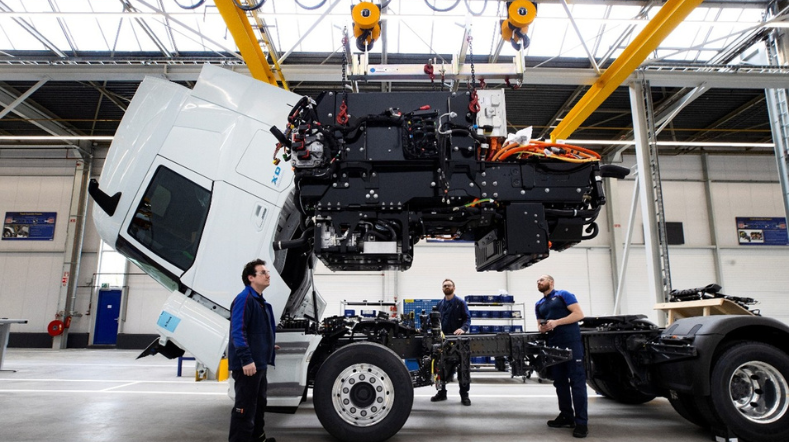

Battery technology: 4 developments according to the Battery Lab
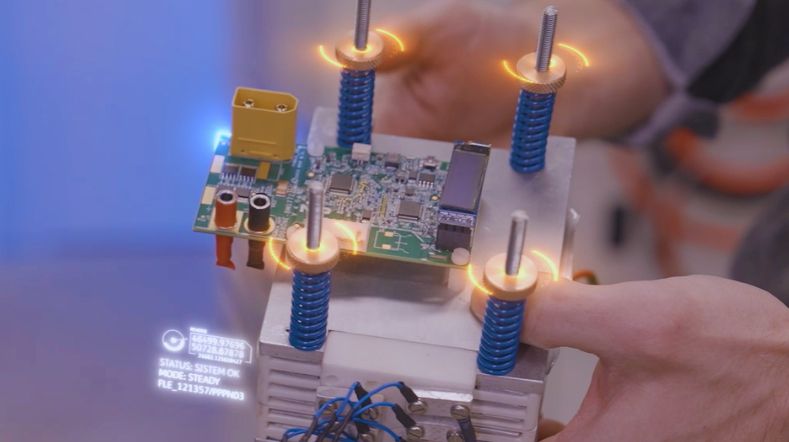

New testing facility enables safe experimentation with liquid hydrogen
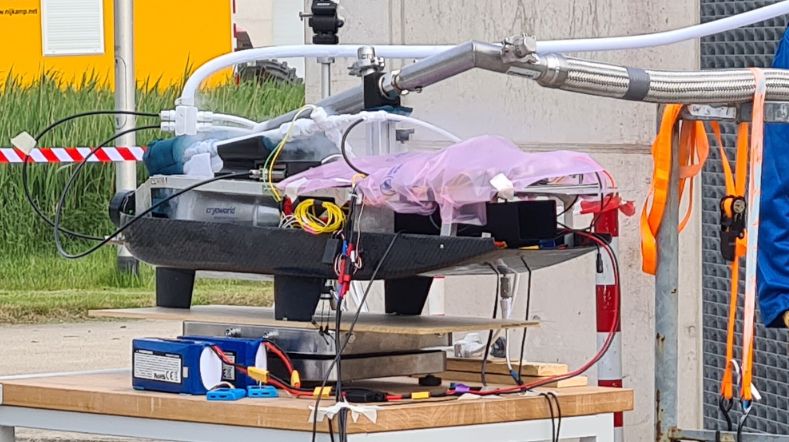

Fuel cells crucial for decarbonising heavy-duty transport and non-road machinery
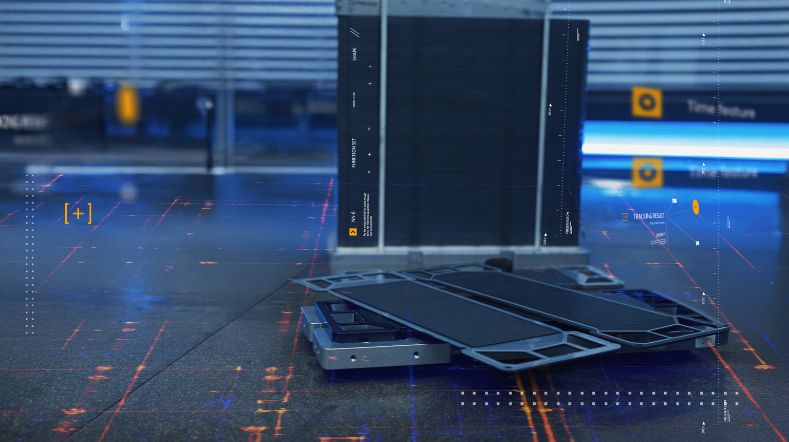

Health of electric bus batteries now measurable on-site via charger



